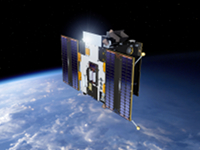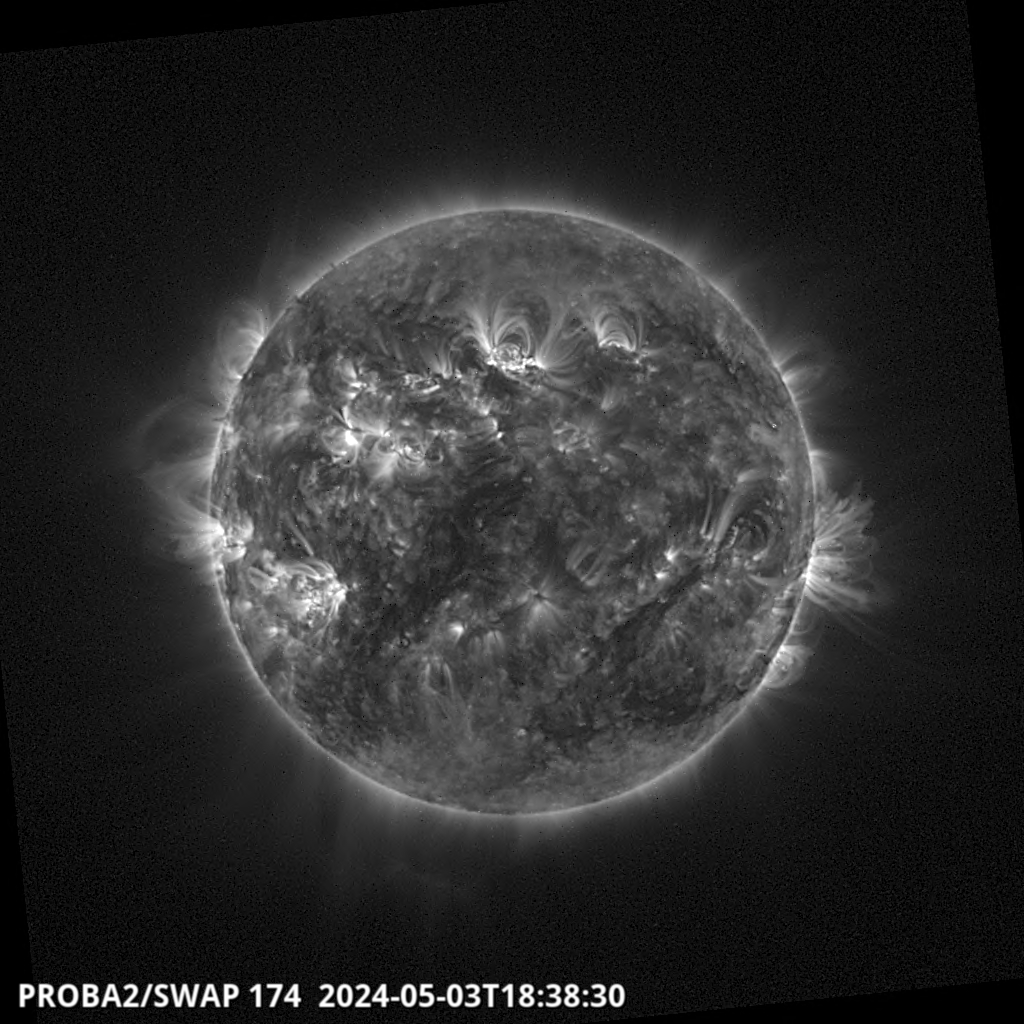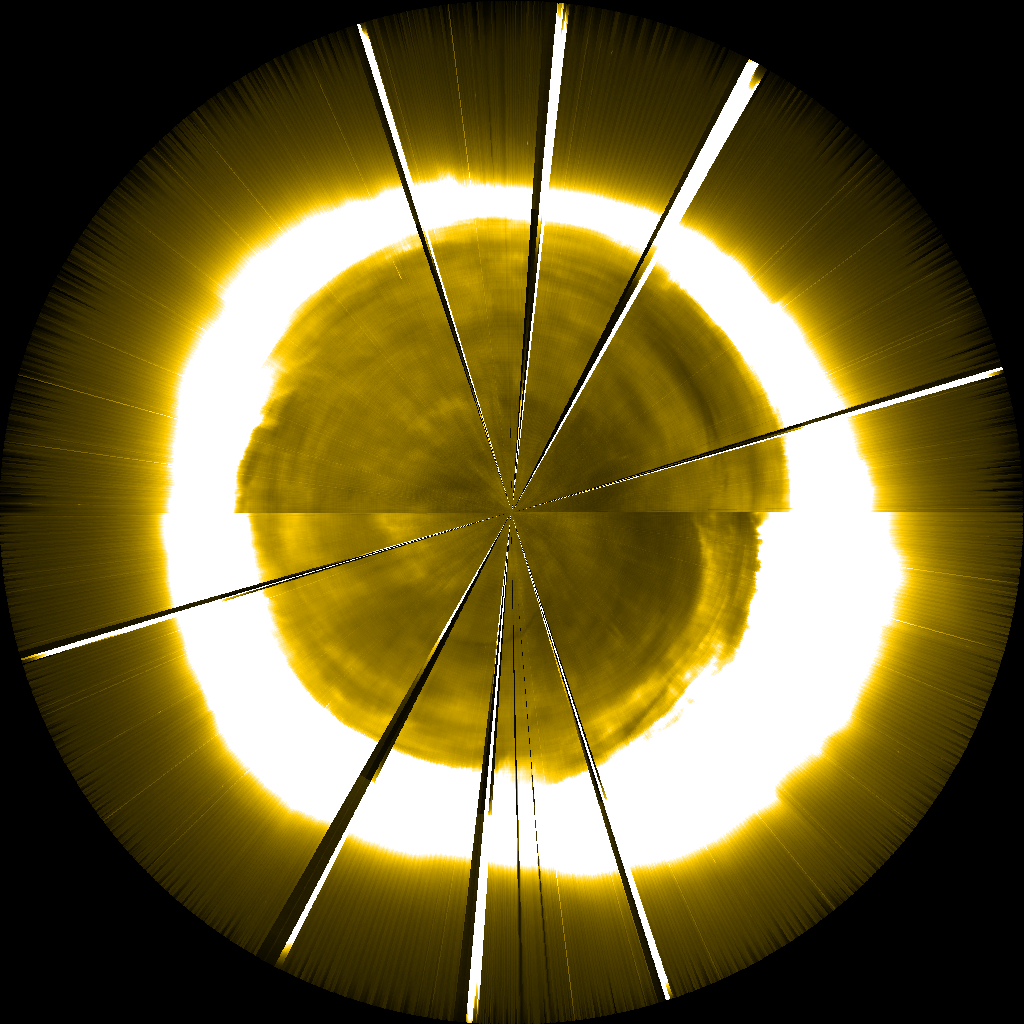Main menu
You are here
The PROBA2 mission
 PROBA2 is an ESA micro-satellite launched on November 2, 2009.
PROBA2 is an ESA micro-satellite launched on November 2, 2009.
PROBA stands for 'PRoject for Onboard Autonomy', which is part of ESA's in-orbit Technology Demonstration programme. Following up on the success of PROBA1, PROBA2 hosts 17 new technological developments and 4 scientific instruments. Among the platform elements and experiments to be technologically demonstrated on PROBA2 are the new powerful ADPMS on-board computer, AOCS subsystems, highly integrated avionics and power units, a star tracker, sun sensors, a propulsion subsystem, Li-ion batteries, reaction wheels and an advanced stellar compass.
The science payload on-board PROBA2 consists of two main solar instruments (SWAP and LYRA) and two instruments to observe the space environment in the immediate vicinity of the spacecraft (DSLP and TPMU). With these instruments we aim at identifying and studying all events on the Sun that might have implications on the solar-terrestrial connection, both through imaging (SWAP) as well as through irradiance measurements (LYRA). In particular, the focus of the PROBA2 mission is the genesis and evolution of events that can affect space weather, such as coronal mass ejections, EUV waves, EUV dimmings, and solar flares. However, PROBA2 also provided wide-field observations of the large-scale evolution of the solar corona and the long-term variation of its total irradiance.
The PROBA2 nominal mission was originally planned for two years which would end in October 2011. However, ESA's Science Programme Committee extended the science mission multiple times to December 2018. PROBA2 now forms part of ESAs Space Situational Awareness (SSA) program and will continue as an SSA tool until such time of decomissioning. To date, all mission and science critical systems and subsystems work nominally, thus there are no technological constraints on the mission duration.





